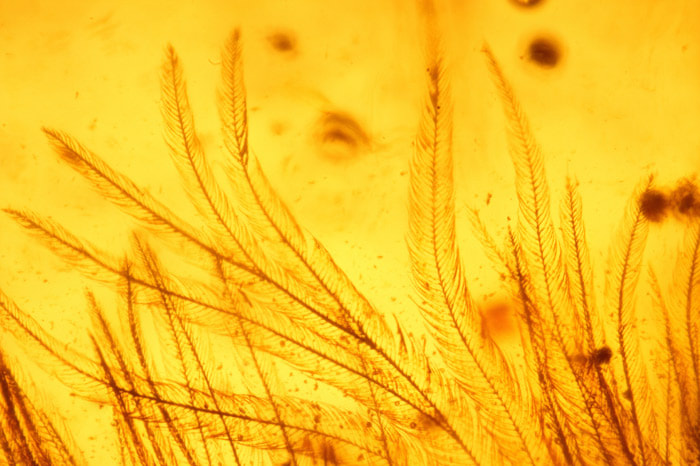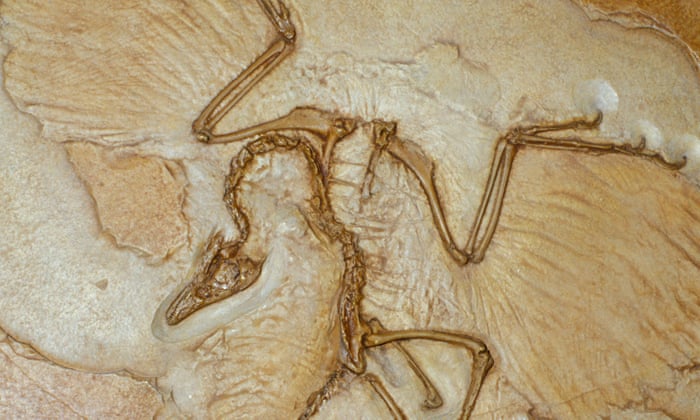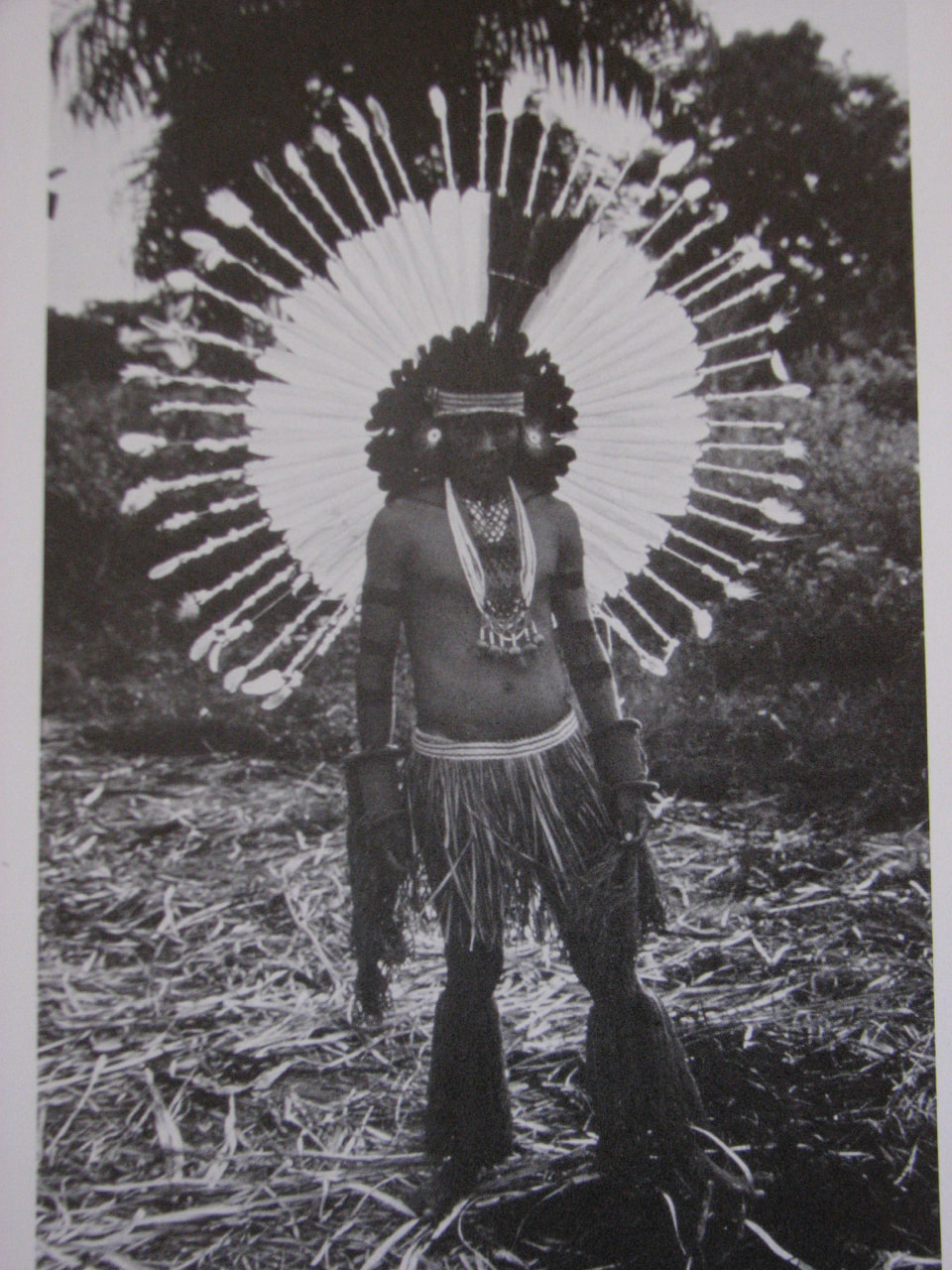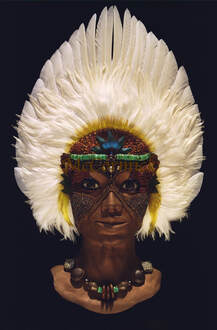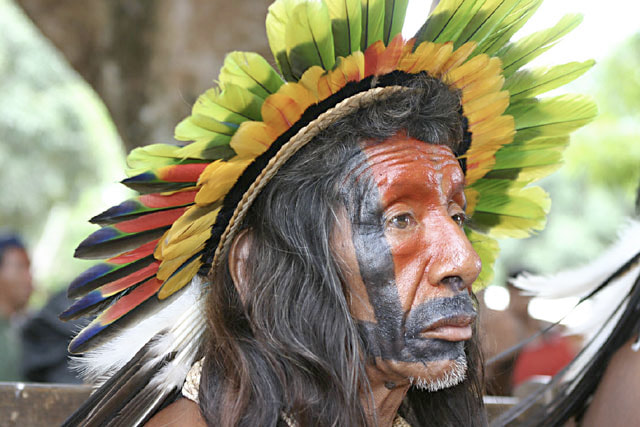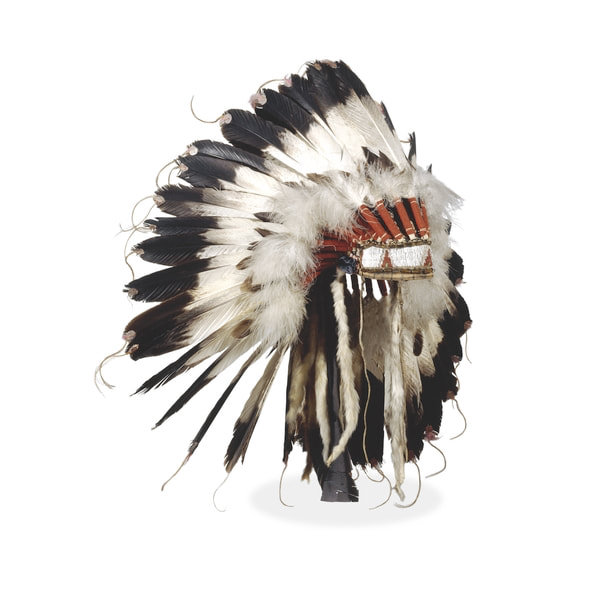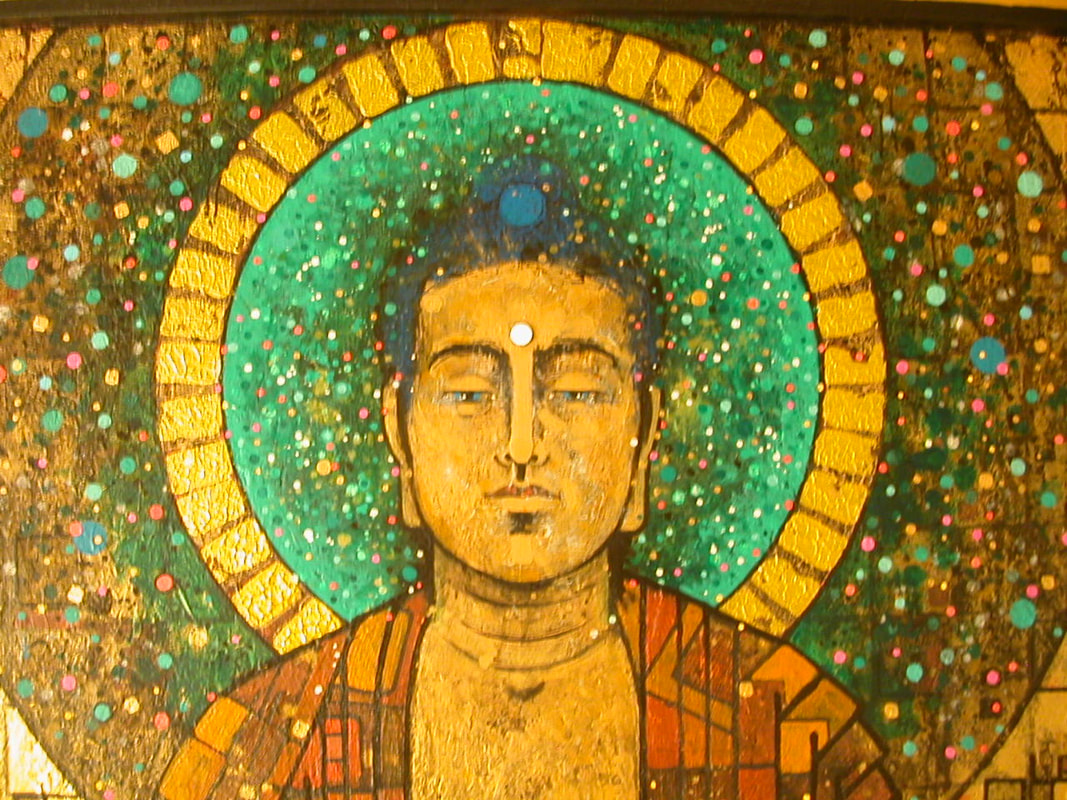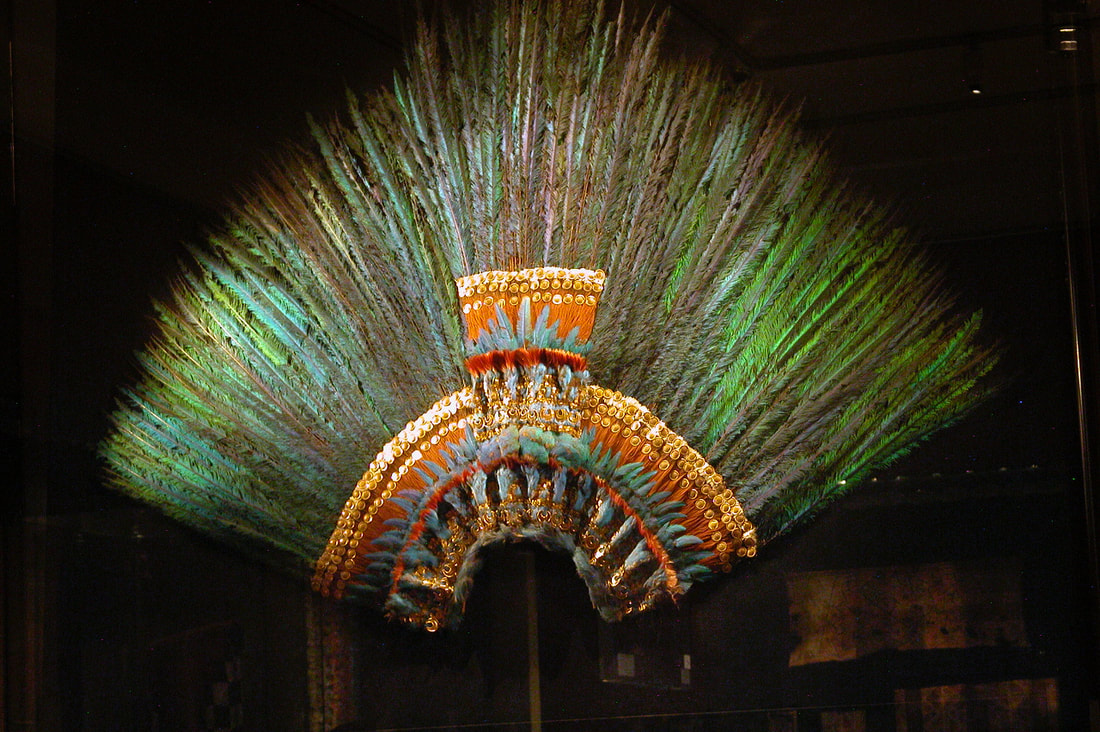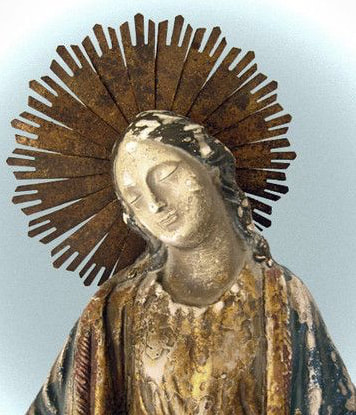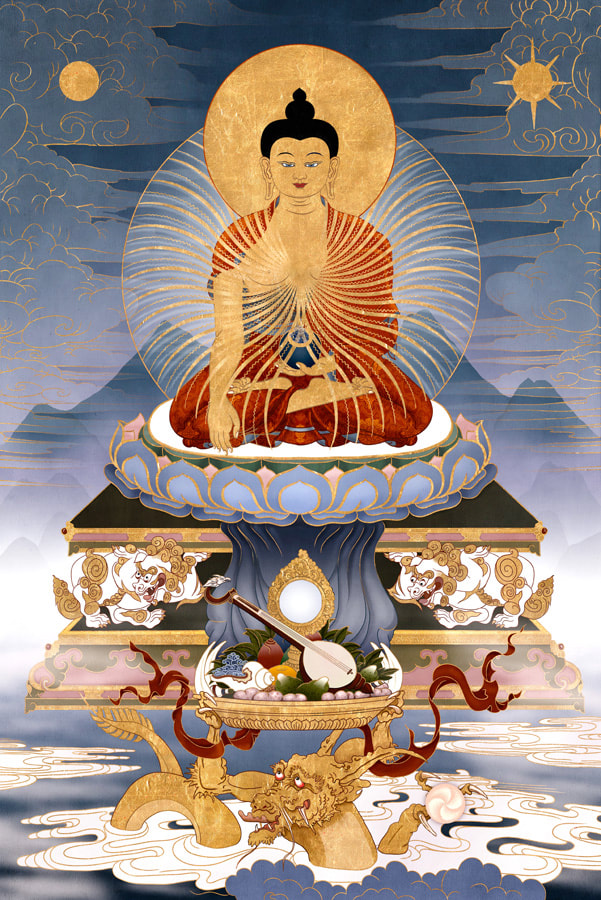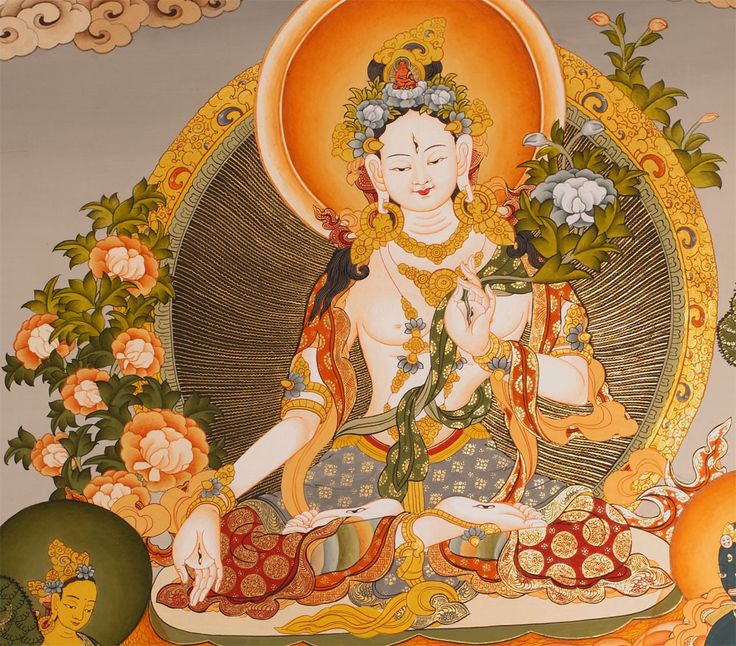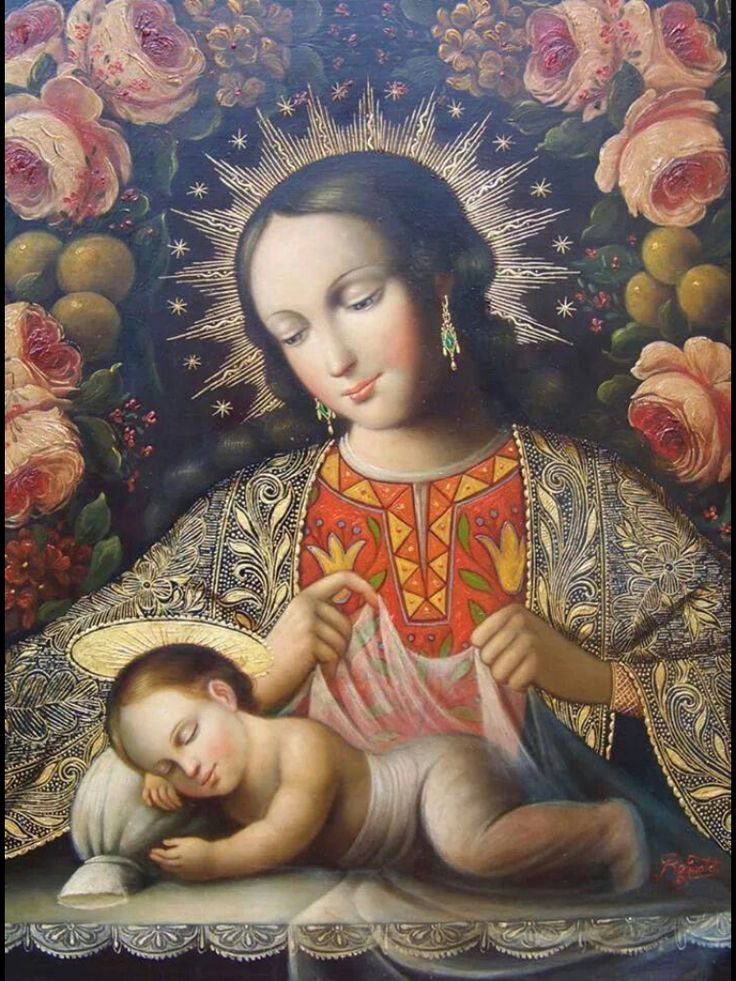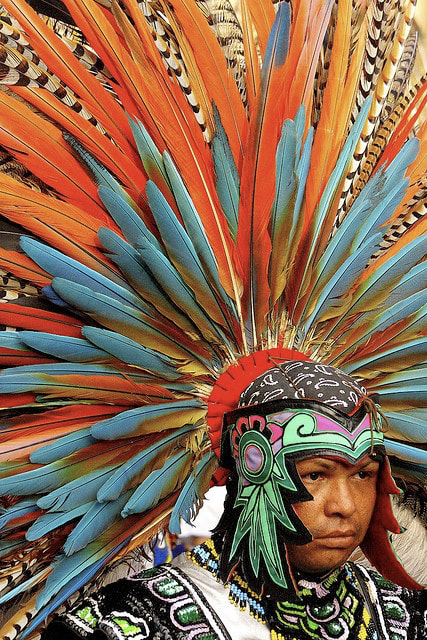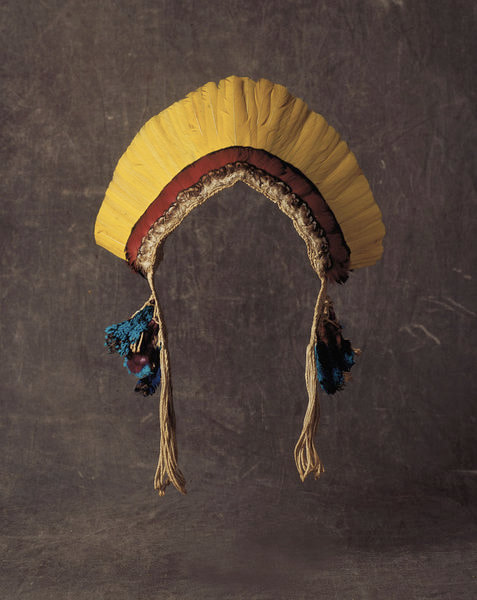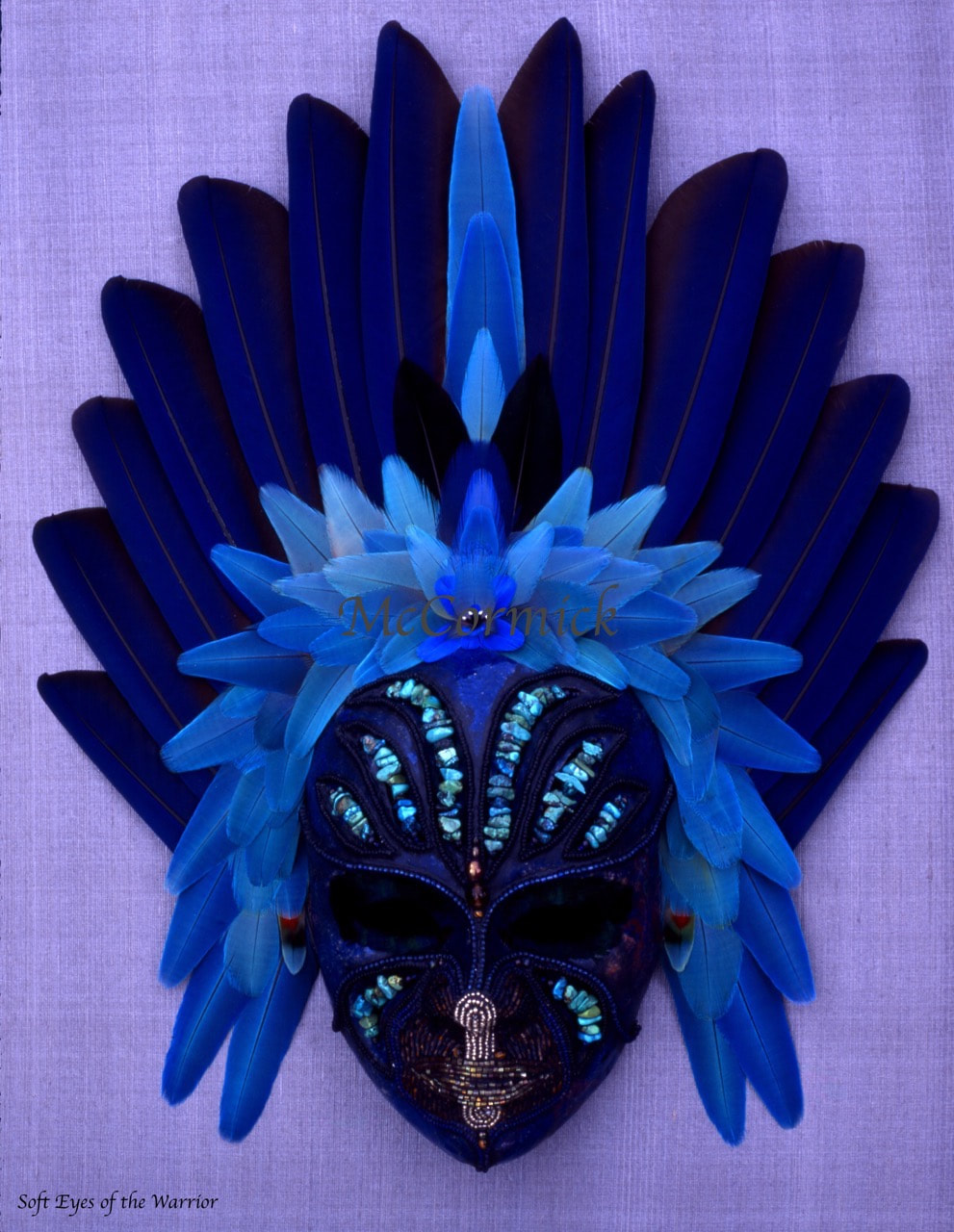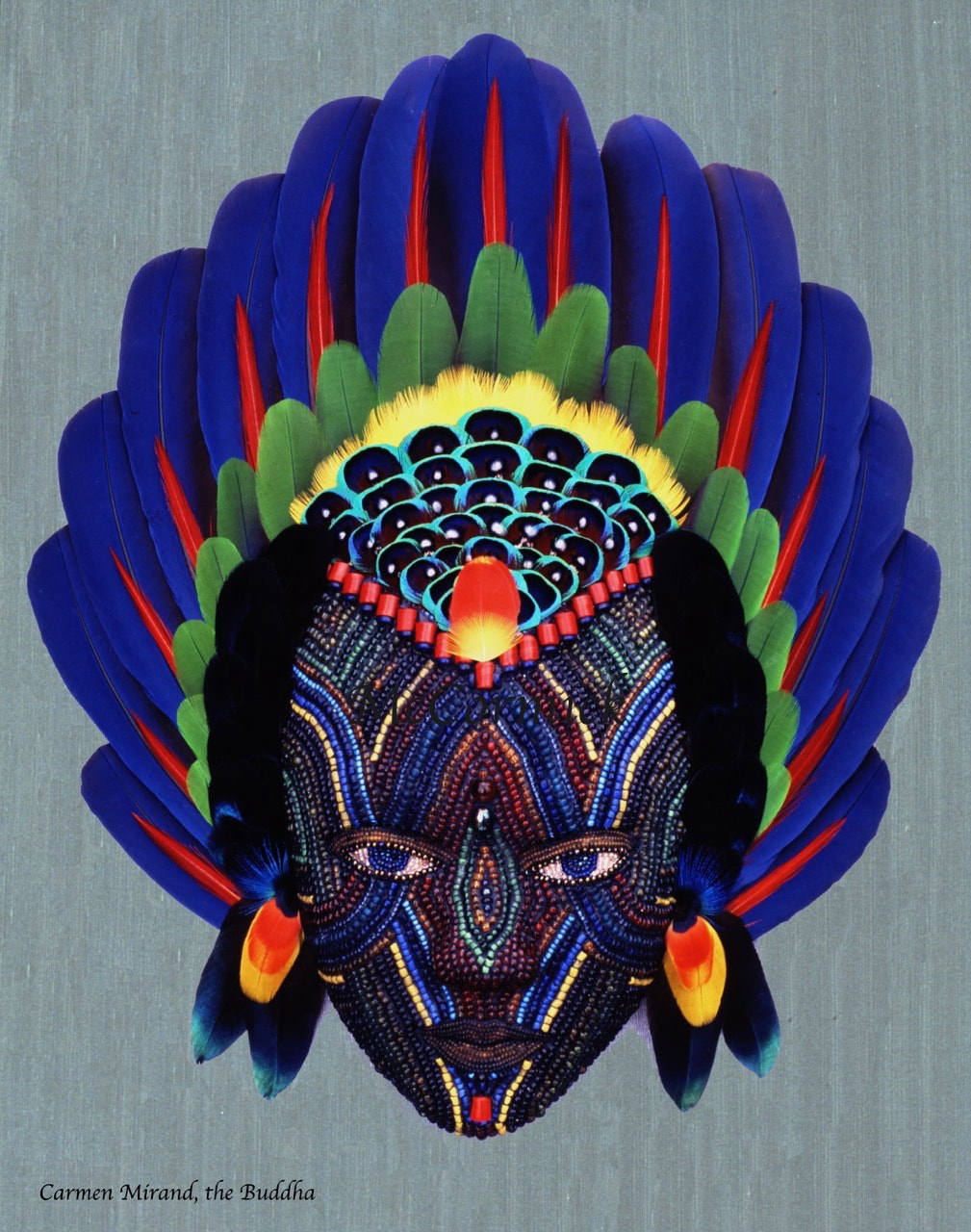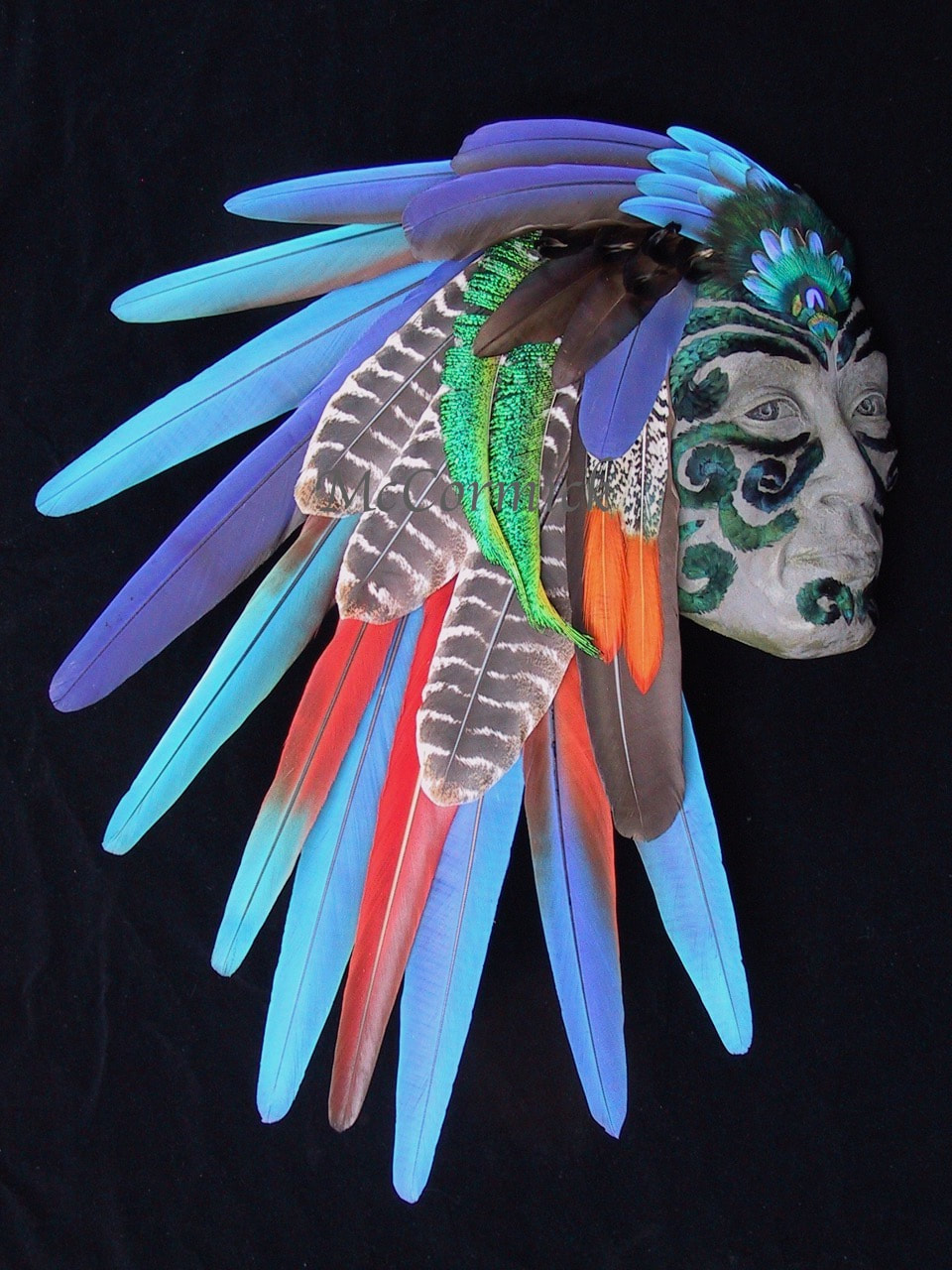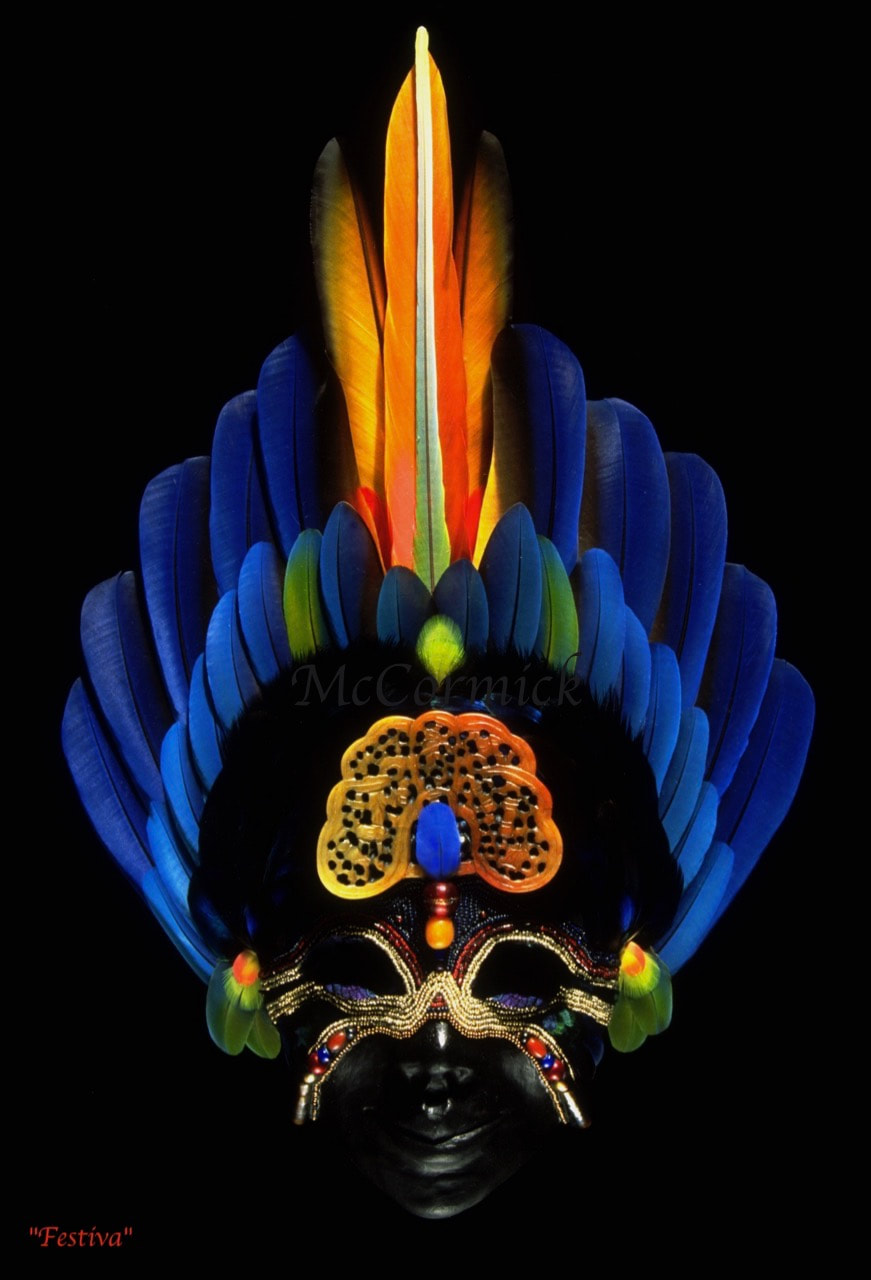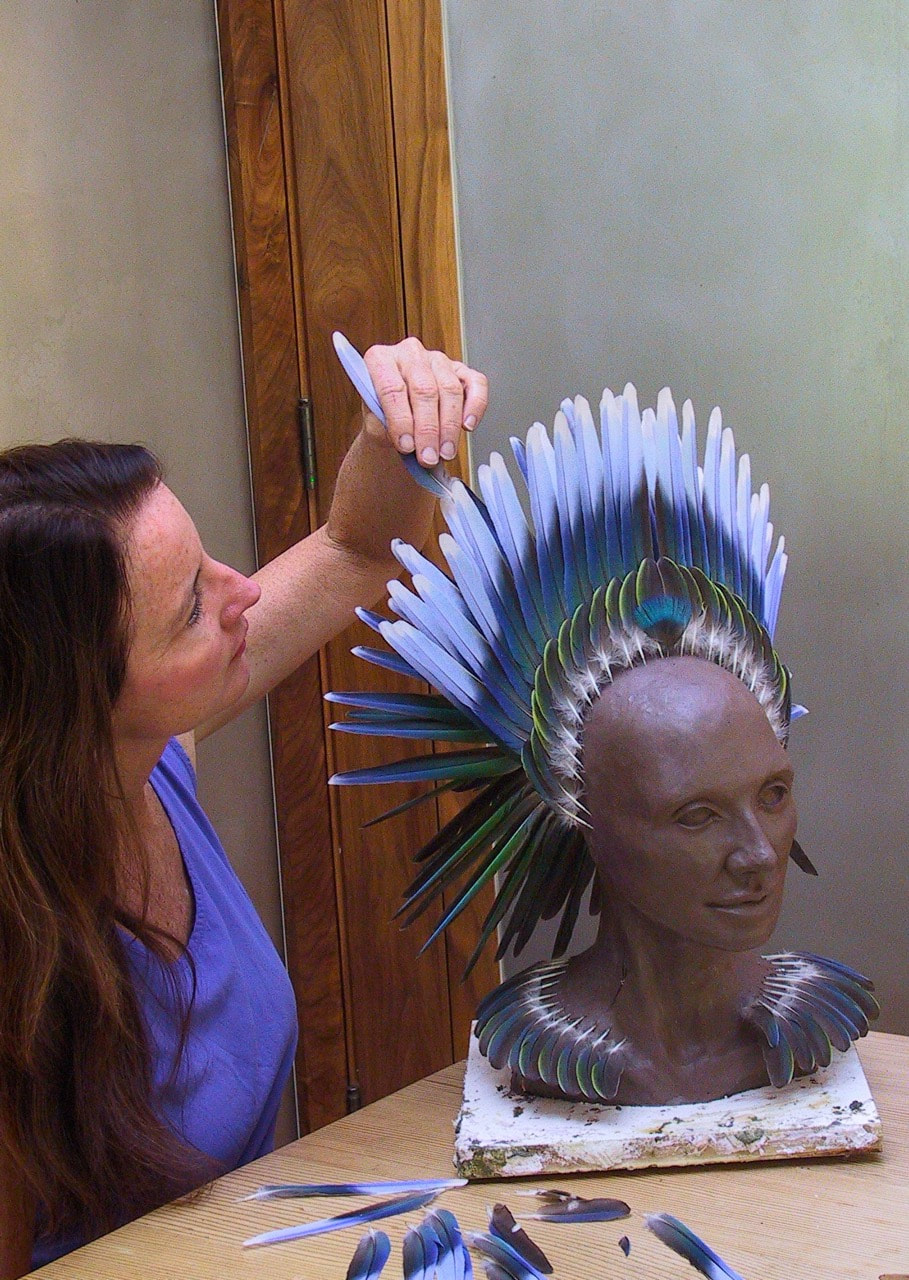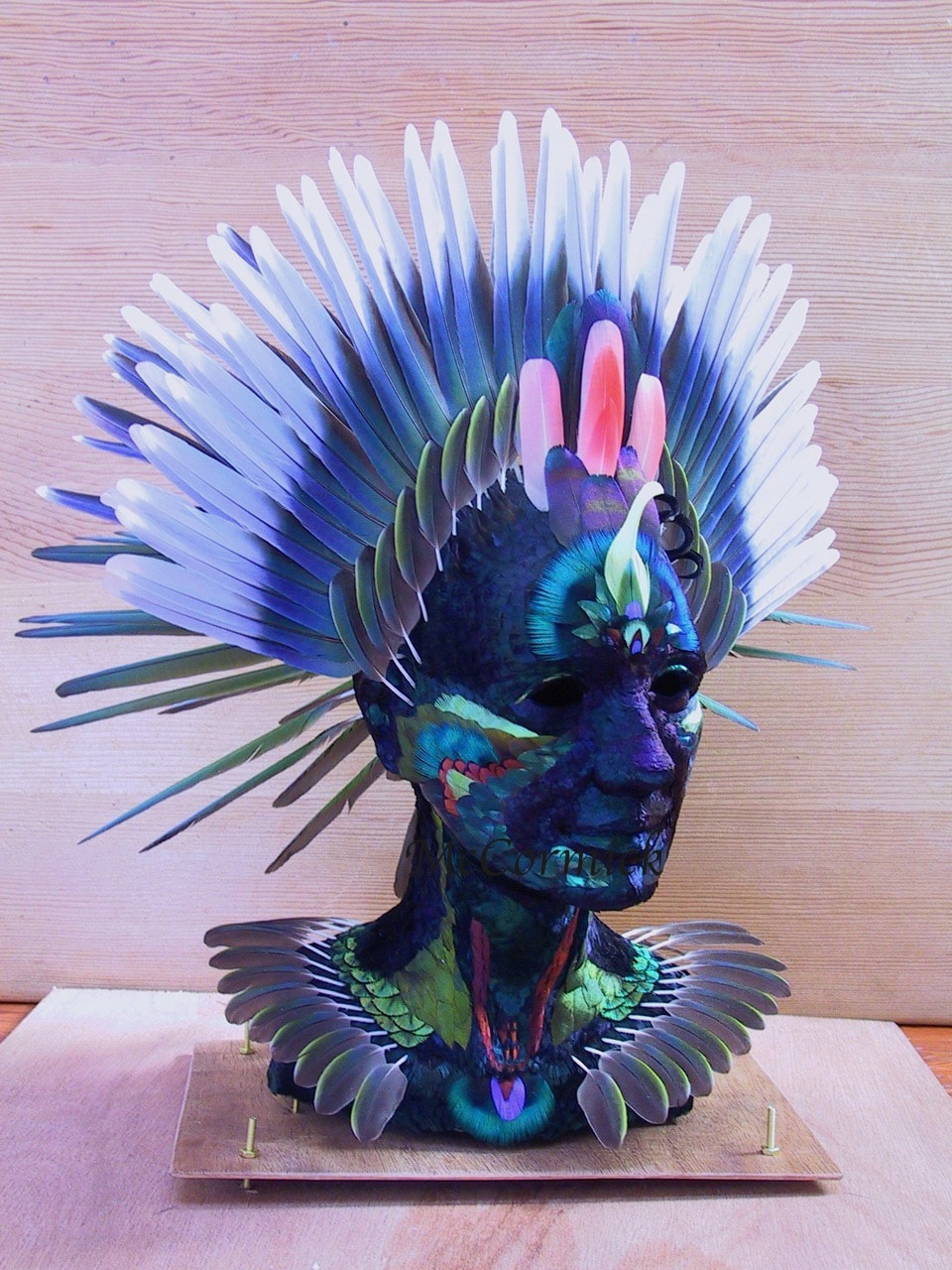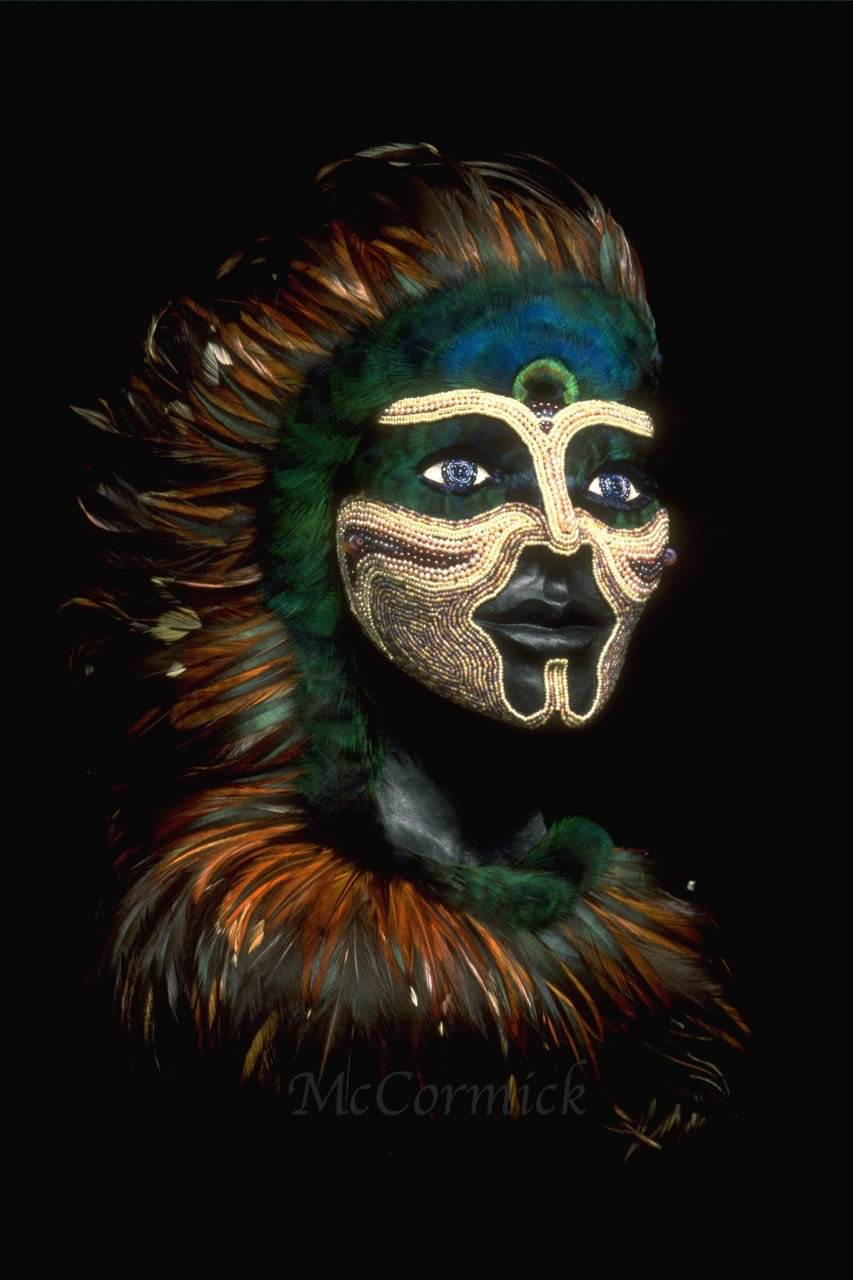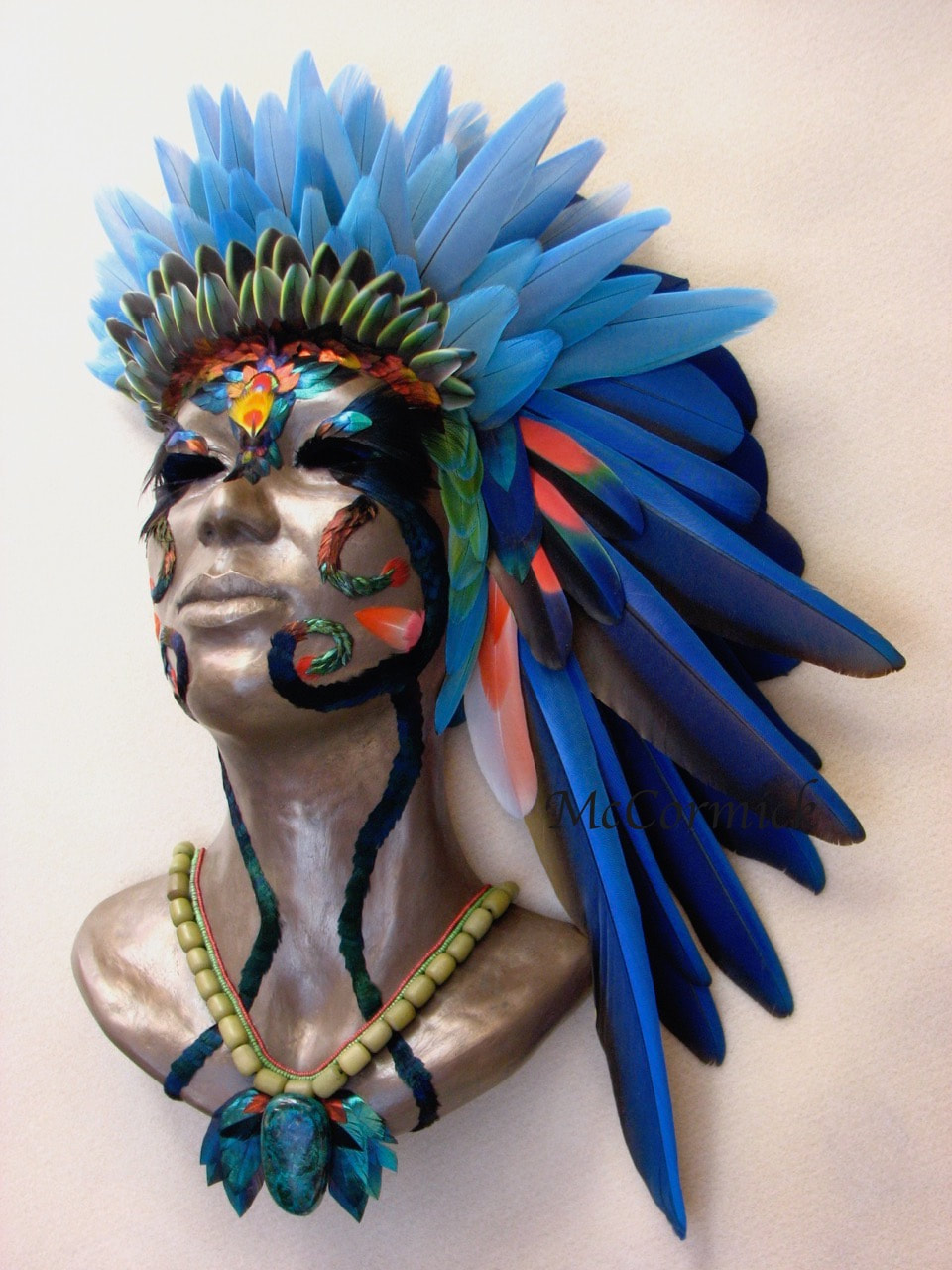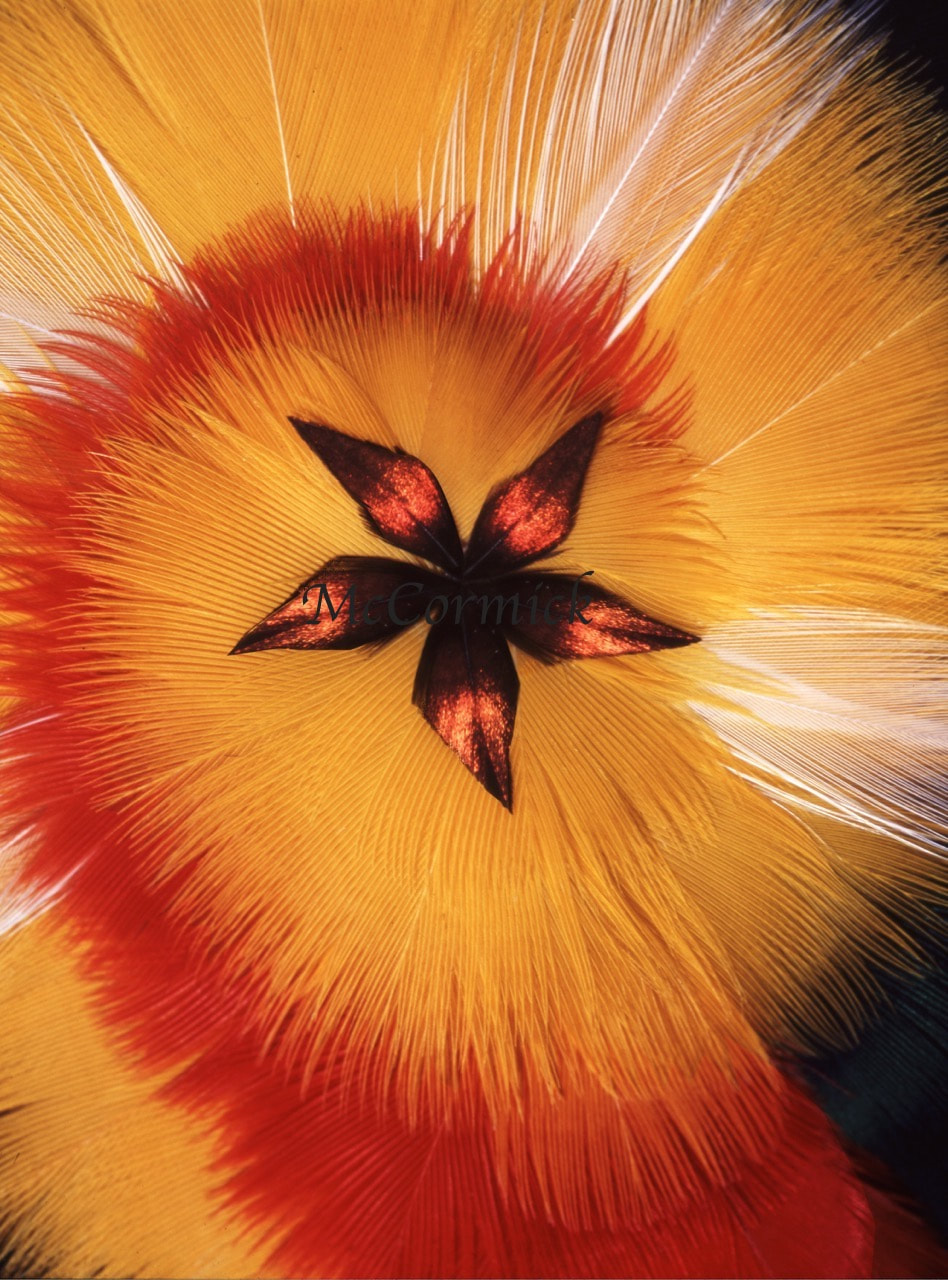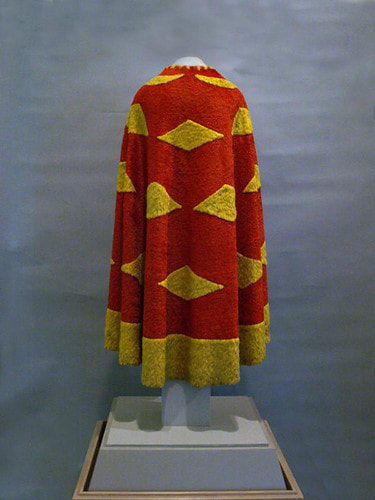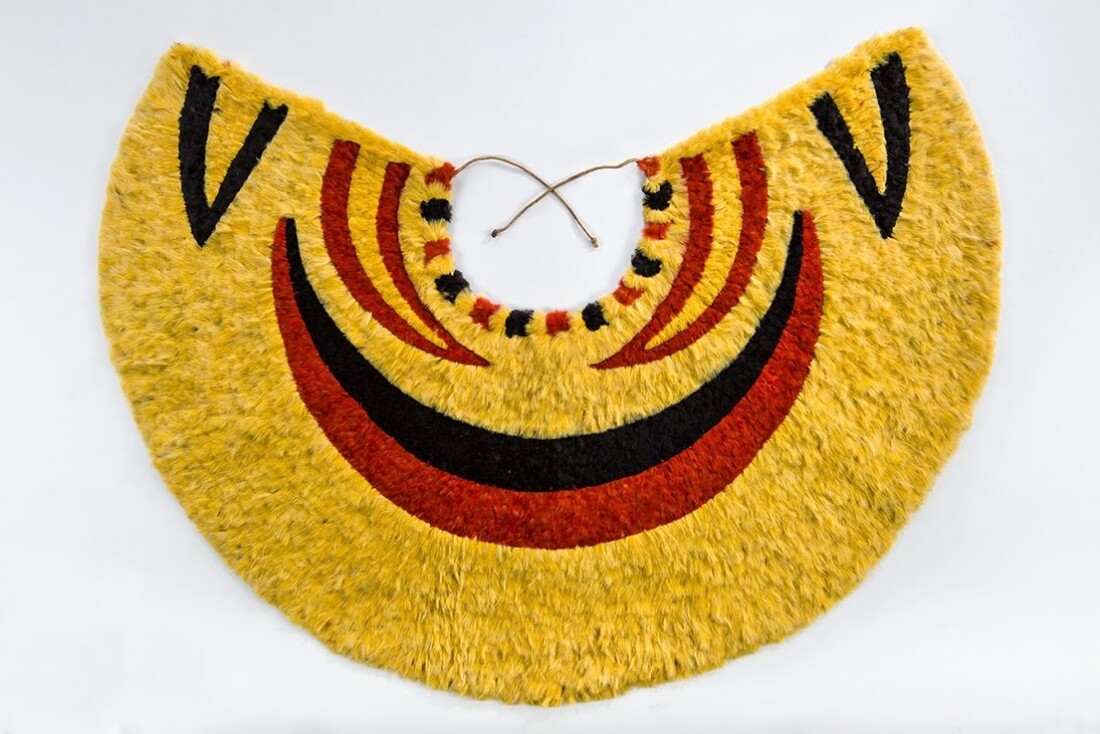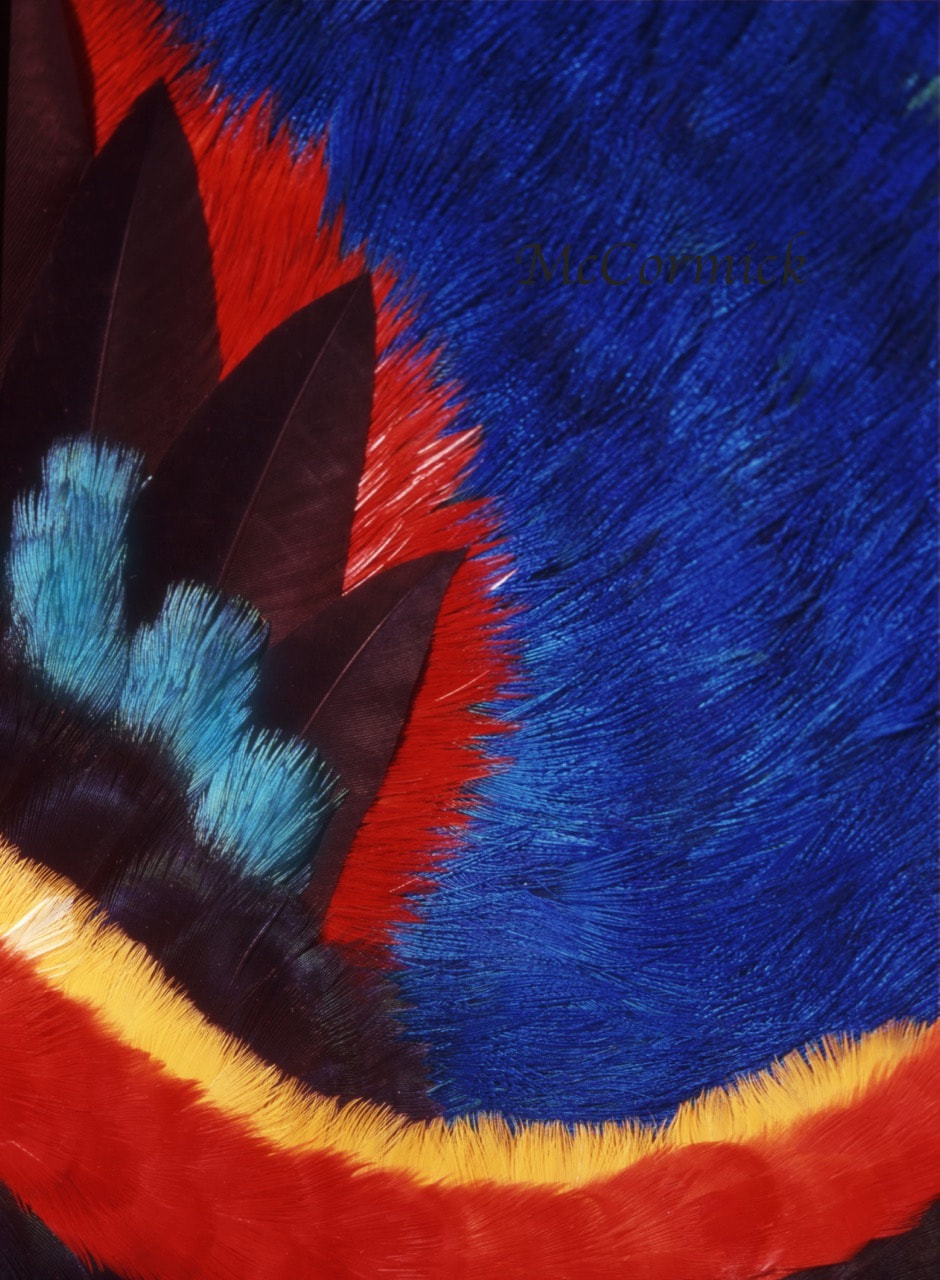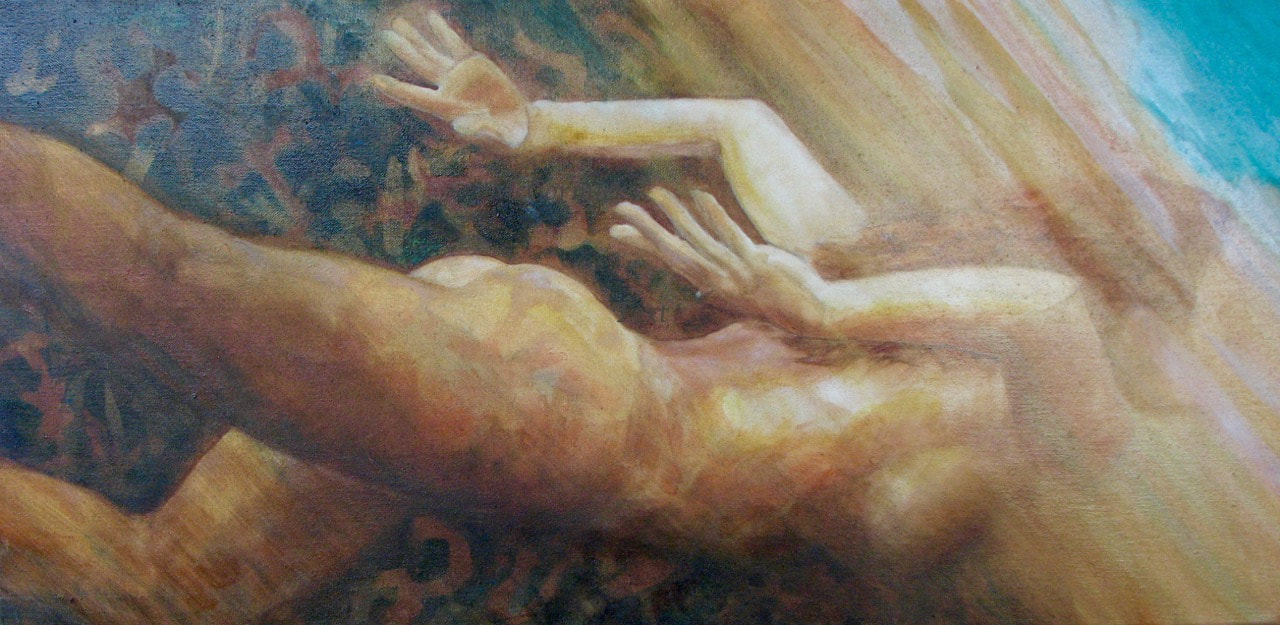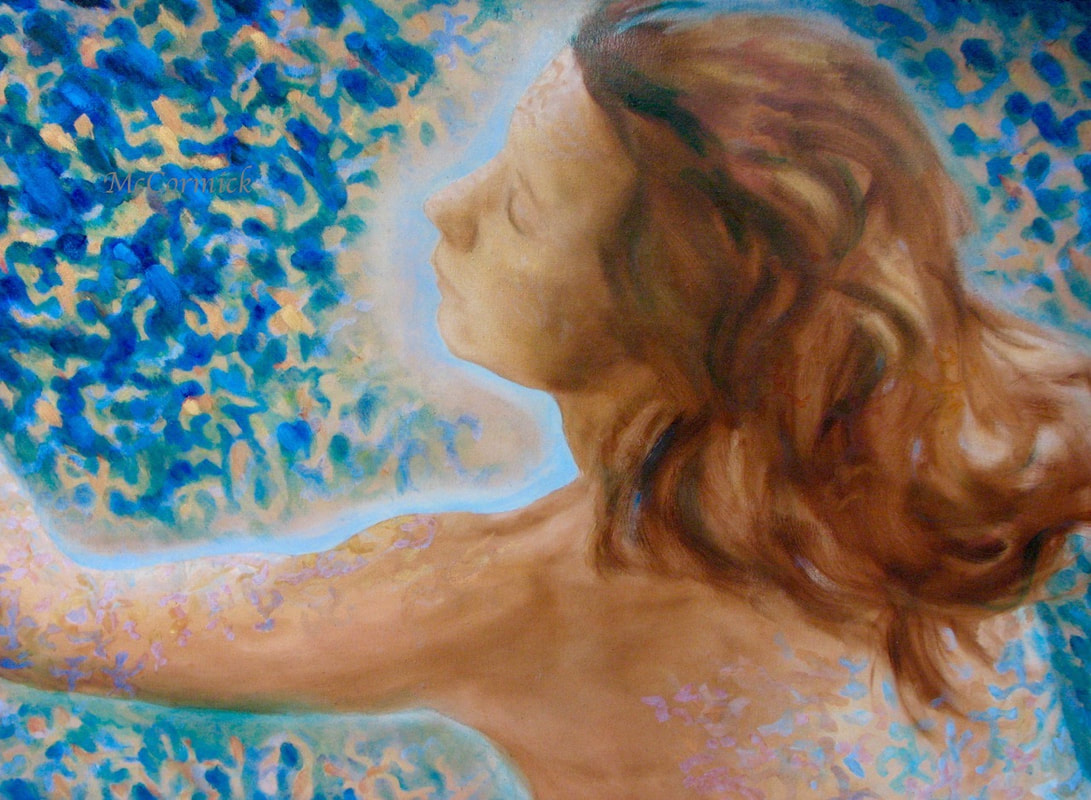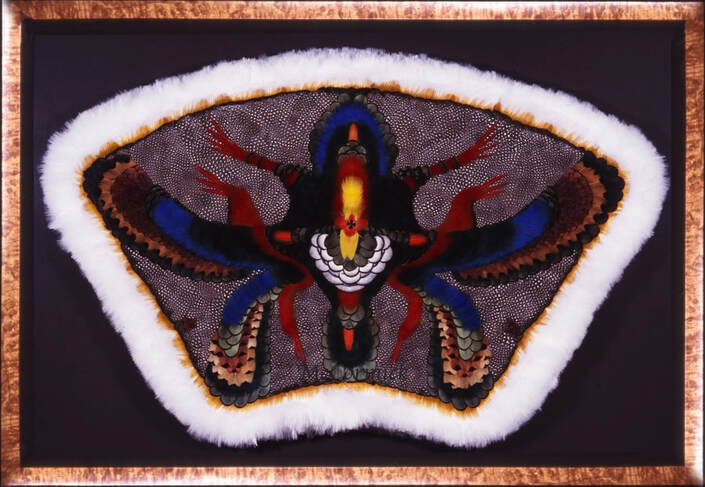Some of the visual and cultural influences on my work:
Feathers Evolved for Beauty, Not for Flight"Feathers did not evolve for flight; rather flight evolved from feathers," says Richard O. Prum, author of Evolution of Beauty. He believes that feathers evolved for beauty among dinosaurs as a lure for the attention of females, long BEFORE the ability to fly. Dinosaur fossils containing well-preserved feathers, some of them iridescent, have been analyzed with electron microscopes to see the melanin pigment granules, which determine the colors and patterns of their feathers. Early feathers were downy tufts, but feathers evolved into flat planes "through aesthetic selection to create a two-dimensional canvas upon which to depict complex pigment patterns... [which] might have evolved because it provided a whole new way to be beautiful." Prum says, "Saying that feathers evolved for flight is like saying that digits evolved to play the piano. In truth, only the most advanced structures could function in such a complex capacity." These flat feathers eventually enabled these dinosaurs to begin to glide, and eventually to fly.
The only dinosaurs to survive the impact of a meteor that hit the Yucatan peninsula 66 million years ago were the flying ancestors of the three main lineages of modern birds. The feathered dinosaurs that were not able to fly, did not survive. |
Headdresses and Haloes from Around the World
Connections with ancient artifacts and prehistoric artists
Haloes and Headdresses- Old World and New
Headdresses in My Featherwork:
Aesthetic influence of Hawaiian Featherwork
|
The Polynesian art of featherwork reached its apex in pre-contact Hawaii, where magnificently crafted capes were the insignia of royalty.
|
Priceless artifact- Writing from Rapa Nui, or Easter Island.
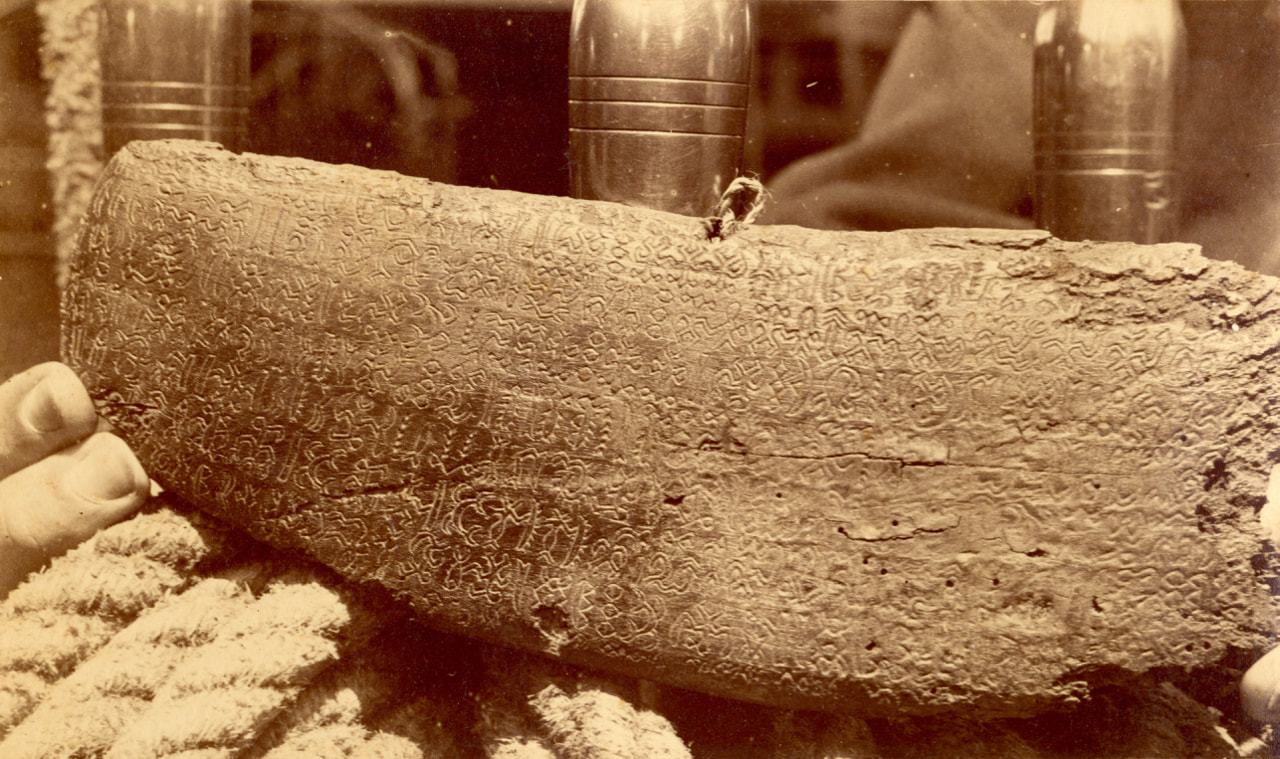
This 1886 photo, taken by my grandfather, Capt. Charles M McCormick aboard the USS Mohican, shows the Rongorongo writing from Rapa Nui, or Easter Island. This piece of wood, now in the Smithsonian, is a priceless artifact; only two dozen pieces of this undeciphered writing collected in the 1800's are known to exist. Rongorongo writing appears to be one of a very few independent inventions of writing in human history, and the only Polynesian written language.
The USS Mohican, the first scientific expedition to Easter Island (which included my grandfather as a young navel cadet) came at a tragic time for the Rapa Nui population. In 1864, Peruvian slave ships had captured a large portion of the population, including all of the officials and those who understood the Rongorongo writing. Subsequent diseases wiped out the population, leaving as few as 111 islanders.
When the USS Mohican arrived, the islanders at first denied having any of the incised tablets, but finally relented to sell a pair of them. One of the elders of the island, a man called Ure Vaeiko, had been learning to read the hieroglyphics at the time of the Peruvian kidnapping. He declined repeatedly to translate the tablets, and went into hiding in the hills while the Mohican was there. One evening, just before the departure of the ship, bad weather provided the opportunity to find the old man, who had taken refuge from the storm at his home, not expecting the visitors to cross the island in a heavy downpour. The USS Mohican report to the Smithsonian describes how the old man finally agreed to relate some of the ancient traditions, "because the opportunity of relating the legends to an interested audience did not often occur, and the positive pleasure to be derived from such an occasion could not be neglected. During the recital certain stimulants that had been provided for such an emergency were produced, and though not pressed upon our ancient friend, were kept prominently before him until, as the night grew old and the narrator weary, he was included as the 'cup that cheers' made its occasional rounds." At an auspicious moment photographs of the tablets were presented. Ure Vaeiko had never seen a photograph before, and the appropriate legend was related without hesitation. The first tablet translated concerned ceremonies to the god of feathers, Era Nuku, whose costume consisted of feathers for the head, feathers for the neck, and feathers to be waved by the wind.
As a feather worker, I was fascinated by this tale, which might have revolved around these photos taken by my grandfather. I made this feather shield, entitled, "Tell Me of Era Nuku" to commemorate the Rapa Nui God of feathers.
When the USS Mohican arrived, the islanders at first denied having any of the incised tablets, but finally relented to sell a pair of them. One of the elders of the island, a man called Ure Vaeiko, had been learning to read the hieroglyphics at the time of the Peruvian kidnapping. He declined repeatedly to translate the tablets, and went into hiding in the hills while the Mohican was there. One evening, just before the departure of the ship, bad weather provided the opportunity to find the old man, who had taken refuge from the storm at his home, not expecting the visitors to cross the island in a heavy downpour. The USS Mohican report to the Smithsonian describes how the old man finally agreed to relate some of the ancient traditions, "because the opportunity of relating the legends to an interested audience did not often occur, and the positive pleasure to be derived from such an occasion could not be neglected. During the recital certain stimulants that had been provided for such an emergency were produced, and though not pressed upon our ancient friend, were kept prominently before him until, as the night grew old and the narrator weary, he was included as the 'cup that cheers' made its occasional rounds." At an auspicious moment photographs of the tablets were presented. Ure Vaeiko had never seen a photograph before, and the appropriate legend was related without hesitation. The first tablet translated concerned ceremonies to the god of feathers, Era Nuku, whose costume consisted of feathers for the head, feathers for the neck, and feathers to be waved by the wind.
As a feather worker, I was fascinated by this tale, which might have revolved around these photos taken by my grandfather. I made this feather shield, entitled, "Tell Me of Era Nuku" to commemorate the Rapa Nui God of feathers.
